 It’s rare, indeed, to find a School Librarian who records grades for students. In fact, it’s unusual to find a school or district with a formal school library curriculum to teach, much less assess. It seems no one expects any kind of assessment, whether formative, summative, or standardized test, from a School Librarian’s instruction, yet we do have a variety of ways that we can measure and show student learning from our lessons. During my years as a Middle School Librarian I regularly used 3 assessment tools for my Library Lessons:
It’s rare, indeed, to find a School Librarian who records grades for students. In fact, it’s unusual to find a school or district with a formal school library curriculum to teach, much less assess. It seems no one expects any kind of assessment, whether formative, summative, or standardized test, from a School Librarian’s instruction, yet we do have a variety of ways that we can measure and show student learning from our lessons. During my years as a Middle School Librarian I regularly used 3 assessment tools for my Library Lessons:
- graphic organizers
- rubric criteria
- library statistics.
It’s important to have a relevant lesson for every scheduled class visit to the School Library, and it must be in a formal written form so that teachers and principals take us seriously as teaching professionals. For that reason I developed my Library Lesson Planner. As my form evolved and became more comprehensive, my lessons—and consequently—student learning improved.
Section 1 of my Planner uses subject and library standards to create long-term understandings, key questions, and objectives.
Once that is filled in, I use Section 2 of my Library Lesson Planner to develop Assessment Evidence, the proof that through my lesson students meet the objectives. Here’s how Section 2 looks before I begin entering information for the lesson:
That very first line determines which assessment tool I use.
- If the final product is the subject teacher’s classroom activity or project, then my lesson is a portion of the process, and I use a graphic organizer or rubric criteria to show that students learned my part of the process.
- If the final product is a library-only lesson, then I use a graphic organizer and library statistics to show learning.
GRAPHIC ORGANIZERS
I’m a Form Fanatic, and I like graphic organizers because students develop an understanding of conceptual knowledge themselves. Graphic organizers can be very simple or very complex, depending on where in the scaffolding process the lesson fits, and I often have students work together in groups of 2 or 4 with the more complex ones. Graphic organizers can be a final assessment tool by having students create an infographic of what they know and can do—sometimes the infographic being a sheet of paper that covers the whole library table!
Teachers appreciate having a student-generated graphic organizer for a Library Lesson—it keeps students on task and teachers can use it as evidence for a daily grade. If teachers will collect the document I evaluate student mastery by walking about and seeing what they’ve filled in on their organizer; at other times I collect the document to provide assessment to students and then give the stack to teacher(s) so they can record the grade or extend the learning.
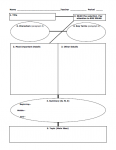
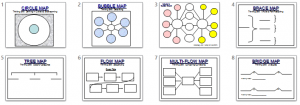 Here are examples of graphic organizers I like to use: Thinking Maps are proprietary forms and Zoom In-Zoom Out is a common content literacy form.
Here are examples of graphic organizers I like to use: Thinking Maps are proprietary forms and Zoom In-Zoom Out is a common content literacy form.
RUBRIC CRITERIA
For a classroom product where the teacher has an assessment rubric, I generate library rubric criteria to add to the teacher’s assessment rubric. The secret to success with this assessment tool is that we clearly define for both students and teachers what comprises exemplary, proficient, or acceptable. Neither students nor teachers are knowledgeable about library curriculum and teachers may not give us the opportunity to perform the grading for the “library criteria” (although those who have accepted my offer are very grateful that I help with assessment).
For a library-only lesson we can fill out rubrics and return them to students, but I find that giving students the opportunity to self- or peer-assess increases the value of the learning experience…not to mention saving me a lot of time yet still producing accountability for my teaching. In fact, I design many of my Library Lessons to incorporate a rubric assessment right on the activity worksheet. Here are examples of a teacher rubric and a peer rubric that I’ve used:
LIBRARY STATISTICS
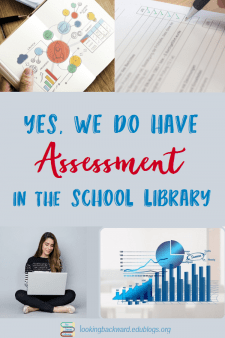 For evaluating how my Library-only Lessons are effective with students, an analysis of library statistics can be very revealing; however, using library statistics for assessment is the most difficult tool to configure and analyze. The purpose of the lesson determines the information-gathering method that will generate data on what students have learned. For example:
For evaluating how my Library-only Lessons are effective with students, an analysis of library statistics can be very revealing; however, using library statistics for assessment is the most difficult tool to configure and analyze. The purpose of the lesson determines the information-gathering method that will generate data on what students have learned. For example:
- If the purpose is to introduce a special collection of books that support a content area, then circulation numbers for that collection—generated as a report through the library automation system—indicate whether students grasped the value of those support materials.
- If the purpose is to teach an aspect of the research process, then counts of incidental, independent library use by those students for several days after the lesson indicate the success of the lesson; if they can work independently to pursue research for the project, then they know and can do what we have taught.
Here’s an example of a “statistic” I use for assessment. I have a customized form to teach a student lesson on how to generate search criteria, and the depletion of additional forms over the next few days tells me whether students “got it” (few forms used because student search terms produced viable results) or they did not understand (more searches performed because students had difficulty generating the right search terms). I know this seems like a stretch, but School Librarians must sometimes use such contrivances to determine the success of our lessons and whether we produced our desired results.
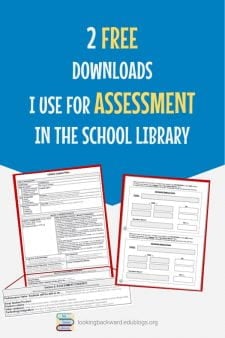 When we teachers become School Librarians we don’t give up the tools we used in the classroom, but rather we refine and modify them. Assessment is a good example of the refining and modification we must do to provide students with the best possible education.
When we teachers become School Librarians we don’t give up the tools we used in the classroom, but rather we refine and modify them. Assessment is a good example of the refining and modification we must do to provide students with the best possible education.
My Library Lesson Planner and the Keyword Search Form are available for download on my Free Librarian Resources page.
![]()

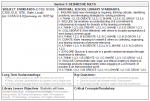

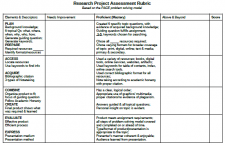
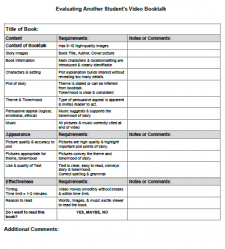
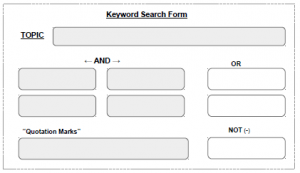


I love your process. Our Librarian also assesses the students as she completes units with each grade. Research skills are so critical to the success of our students and what better person to help teach those skills than librarians? Keep up the great work!